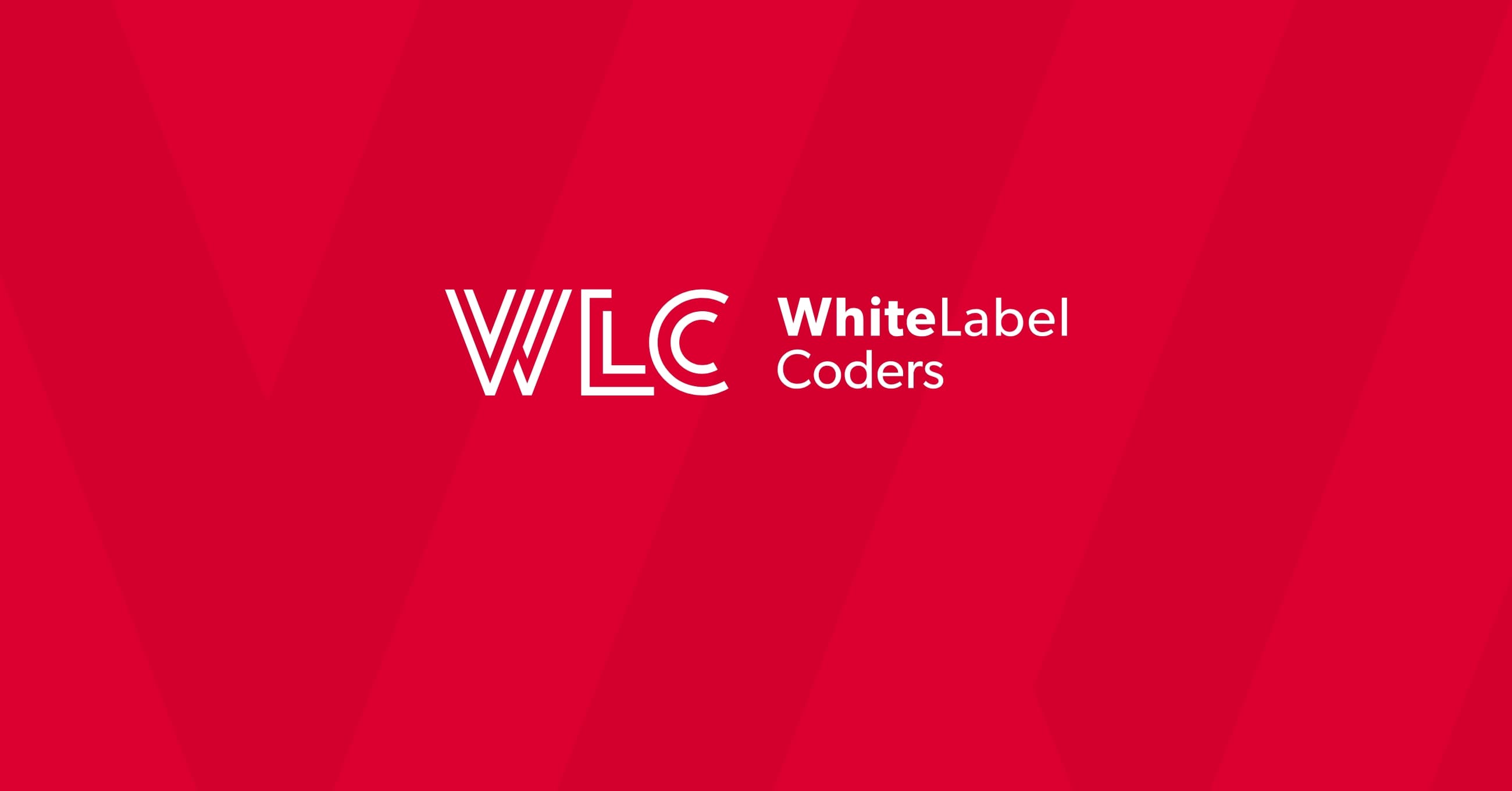Category: SEO AI
Does Squarespace use WooCommerce?

No, Squarespace does not use WooCommerce. These are two entirely separate e-commerce platforms built on different foundations. Squarespace is a complete website builder with its own native e-commerce functionality, while WooCommerce is a plugin specifically designed for WordPress websites. This fundamental difference means they cannot be integrated directly, as they operate on completely different systems with distinct technical architectures. Understanding their unique features and limitations is crucial for choosing the right platform for your online business needs.
Understanding the Squarespace and WooCommerce relationship
Squarespace and WooCommerce represent two fundamentally different approaches to e-commerce, with no direct relationship between them. They are competitors rather than complementary systems.
Squarespace is an all-in-one website builder that includes hosting, domain registration, and built-in e-commerce functionality. It’s designed as a complete package where everything works within the Squarespace ecosystem. The platform uses a proprietary system that’s entirely self-contained.
WooCommerce, on the other hand, is not a standalone platform but a WordPress plugin. It transforms a WordPress website into an online store by adding e-commerce functionality to the content management system. As a WooCommerce development specialist would explain, this plugin-based approach offers tremendous flexibility but requires WordPress as its foundation.
These platforms represent different philosophies – Squarespace focuses on simplicity and integration, while WooCommerce emphasizes customization and extensibility. They’re built on entirely separate technological foundations, which is why they don’t interact with each other directly.
Does Squarespace use WooCommerce for its e-commerce functionality?
No, Squarespace absolutely does not use WooCommerce for its e-commerce functionality. Squarespace has developed its own proprietary e-commerce system built directly into its platform.
Squarespace’s e-commerce features are native to the platform, meaning they’re designed specifically for Squarespace websites and integrated seamlessly into the system. Everything from product listings to checkout processes uses Squarespace’s own code and infrastructure.
WooCommerce, being a WordPress plugin, cannot operate within Squarespace’s closed ecosystem. The technical architecture of these platforms makes them incompatible – it would be like trying to run iOS apps on an Android phone. They’re built on different frameworks with different coding languages and structures.
Squarespace deliberately maintains this closed system to ensure consistent performance and user experience. While this limits certain customization options compared to what experienced WooCommerce development teams can create, it also provides a more streamlined, maintenance-free experience for users who prefer simplicity over extensive customization.
What are the key differences between Squarespace and WooCommerce?
Squarespace and WooCommerce differ fundamentally in their approach to e-commerce, with distinctions that affect everything from setup to long-term operations.
The most significant differences include:
- Platform foundation: Squarespace is a self-contained website builder with integrated hosting, while WooCommerce is a plugin that requires WordPress installation and separate hosting.
- Customization scope: WooCommerce offers virtually unlimited customization through code modifications, additional plugins, and theme adjustments. Squarespace provides limited customization within its template system.
- Technical requirements: Squarespace requires no technical knowledge to set up and maintain. WooCommerce benefits significantly from technical expertise or partnership with a specialized WooCommerce development agency.
- Pricing model: Squarespace uses a subscription model with everything included. WooCommerce is free to install but has costs for hosting, premium extensions, and potentially development work.
- Scalability: WooCommerce can scale to handle thousands of products and high traffic volumes when properly optimized. Squarespace has more inherent limitations for very large stores.
These differences highlight why businesses must carefully evaluate their specific needs, technical capabilities, and growth plans before choosing between these platforms. While Squarespace offers simplicity and convenience, WooCommerce provides greater flexibility and customization potential.
Can you integrate WooCommerce with a Squarespace website?
No, you cannot directly integrate WooCommerce with a Squarespace website. The fundamental architecture of these platforms makes such an integration technically impossible.
This limitation exists because:
- WooCommerce requires WordPress to function, as it’s specifically a WordPress plugin
- Squarespace doesn’t support external plugin installations in its closed ecosystem
- The platforms use entirely different databases and code structures
If you’re attracted to features from both platforms, you have several alternative options:
- Choose one platform that best meets your primary needs and adapt to its limitations
- Use Squarespace for your main website and link to a separate WordPress/WooCommerce store on a subdomain (though this creates a disjointed user experience)
- Migrate completely from Squarespace to WordPress with WooCommerce (the most technically viable solution if you need WooCommerce’s capabilities)
For businesses finding Squarespace too limiting for their e-commerce needs, working with experienced WordPress and WooCommerce development professionals can make the transition smoother. They can help recreate your Squarespace design aesthetic while adding the powerful e-commerce functionality that WooCommerce offers.
Which platform is better for building an online store?
Neither Squarespace nor WooCommerce is universally “better” – each excels for different business types and priorities. The right choice depends entirely on your specific needs, resources, and goals.
Squarespace tends to be better for:
- Small businesses with limited product catalogs (under 100 products)
- Entrepreneurs without technical experience or development resources
- Businesses prioritizing beautiful design with minimal maintenance
- Projects with limited budgets that need predictable monthly costs
- Companies that value simplicity over extensive customization
WooCommerce typically works better for:
- Medium to large stores with extensive product catalogs
- Businesses with unique operational requirements needing custom features
- Companies with access to development resources or technical expertise
- Stores requiring integration with specific business systems or third-party services
- Businesses planning significant growth or complex evolution over time
The key is honestly assessing your business needs, technical capabilities, and growth plans. Many businesses start with Squarespace for its simplicity but eventually migrate to WooCommerce as they grow and require more advanced functionality. This transition is a common path that experienced WooCommerce development teams frequently help clients navigate.
Key takeaways about Squarespace and WooCommerce for your business
Understanding the fundamental differences between Squarespace and WooCommerce will help you make the right choice for your specific business situation and requirements.
Remember these essential points:
- Squarespace and WooCommerce are entirely separate platforms that cannot be directly integrated
- Squarespace offers simplicity and all-in-one convenience at the cost of flexibility
- WooCommerce provides extensive customization and scalability but requires more technical management
- Your choice should align with your business size, technical capabilities, and growth expectations
- Migration between platforms is possible but requires careful planning and expertise
For businesses with straightforward needs and limited technical resources, Squarespace offers a smoother start. However, if you anticipate complex requirements or significant growth, investing in proper WooCommerce implementation from the beginning may save resources in the long run.
Consider both your current needs and future aspirations. The platform that seems most challenging may ultimately provide the best foundation for your business goals. Many successful online stores begin with a simpler platform and evolve as their needs become more sophisticated – there’s no single right answer, just the best fit for your unique business journey.

